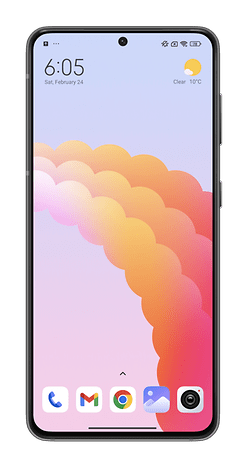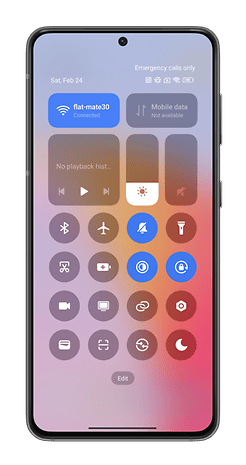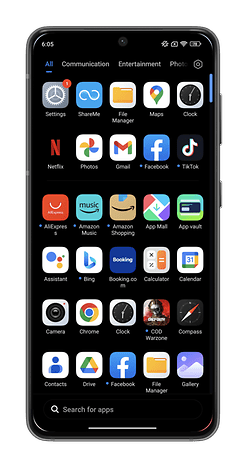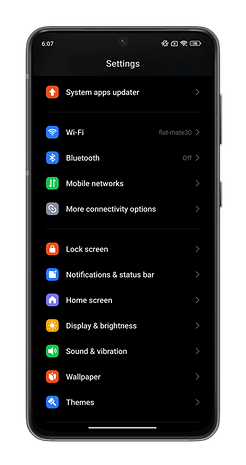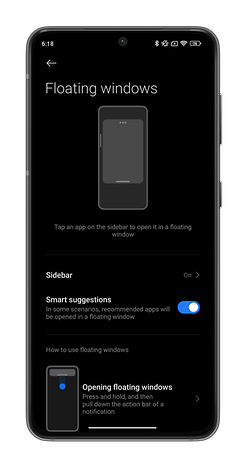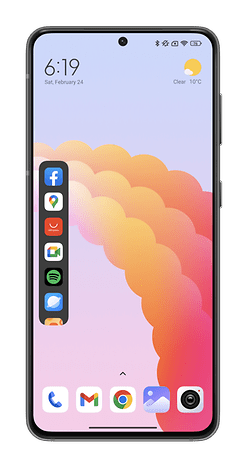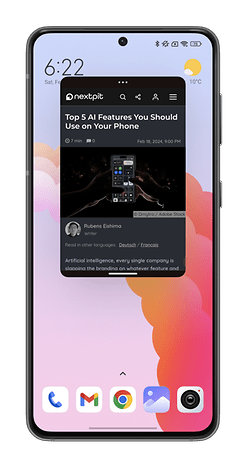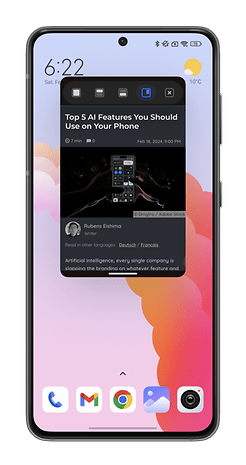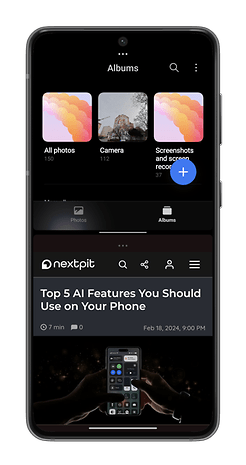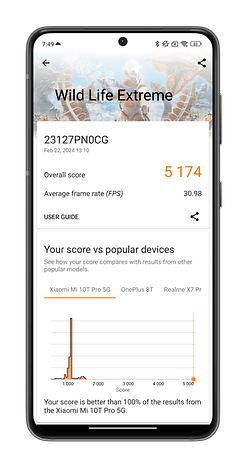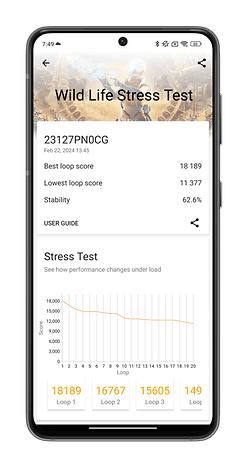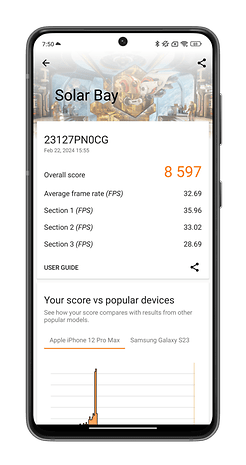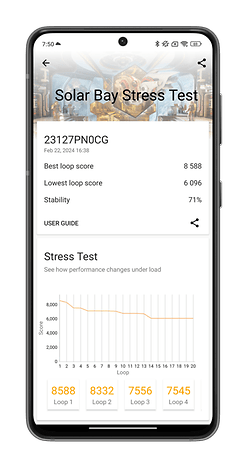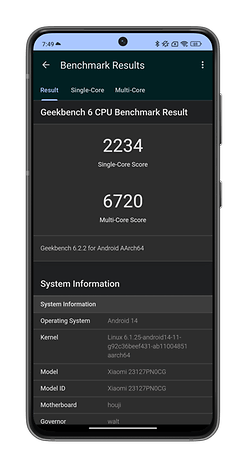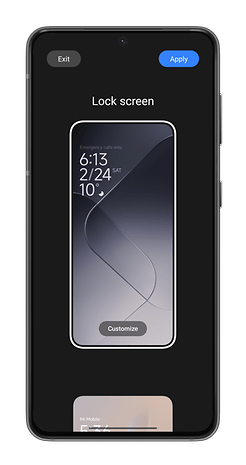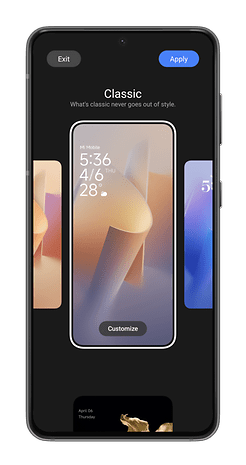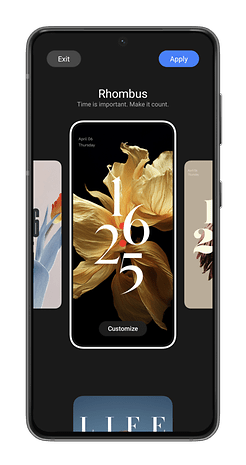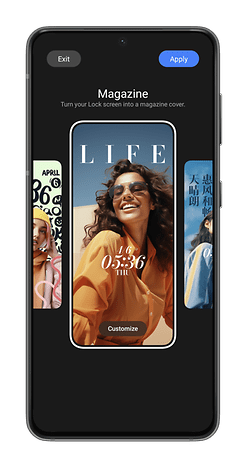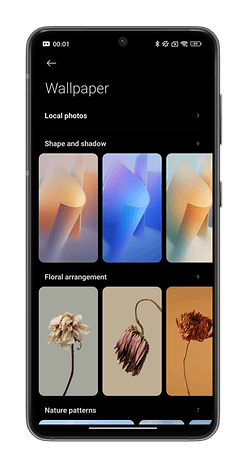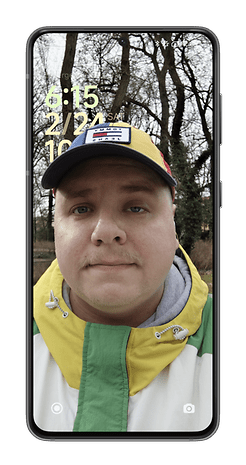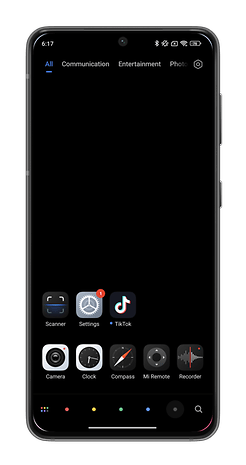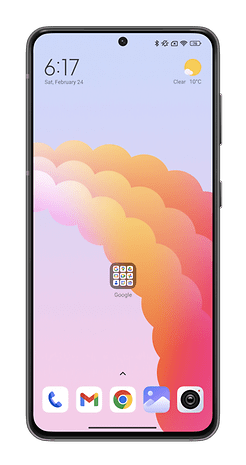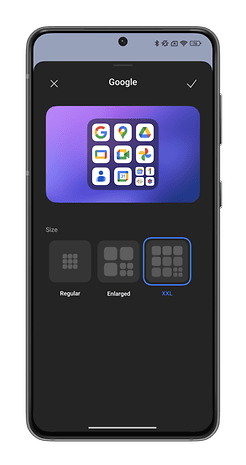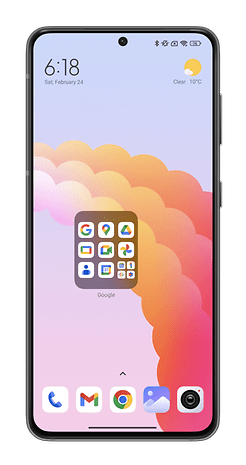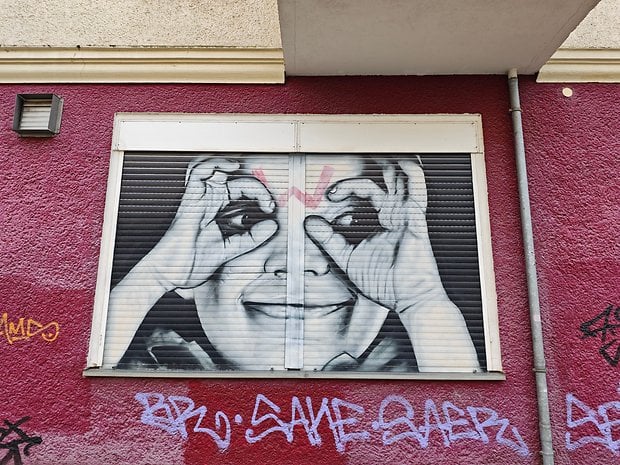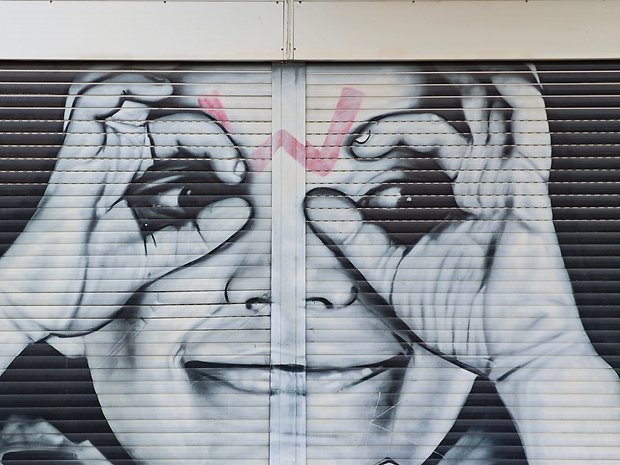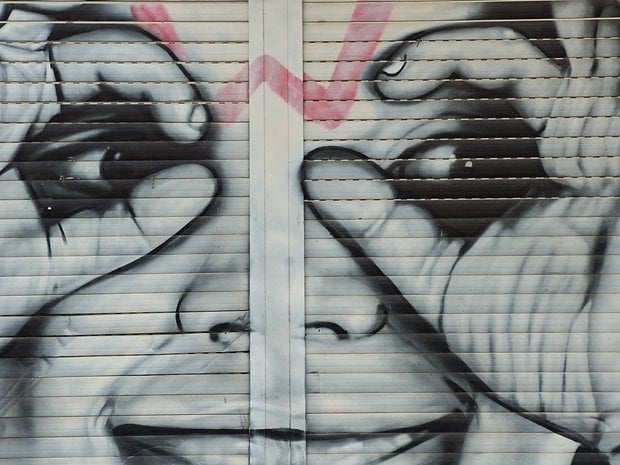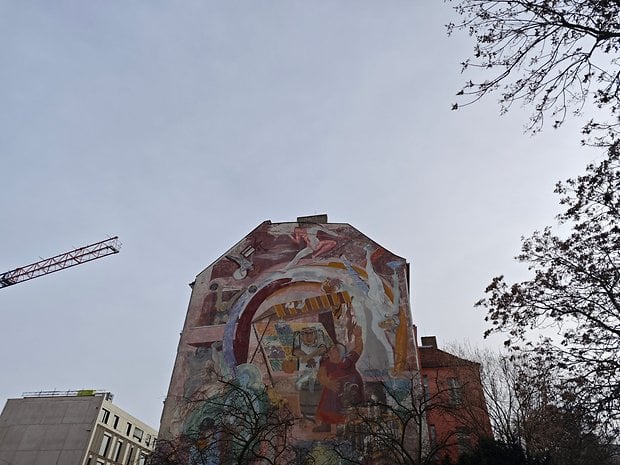Xiaomi 14 Review: This Compact, Powerful Flagship Has Samsung in Its Sights


I reviewed the Xiaomi 14, the new premium smartphone from the Chinese manufacturer with its super-powerful Snapdragon 8 Gen 3 SoC, efficient 50 MP triple camera module, and brand new Android HyperOS interface. In this comprehensive Xiaomi 14 review, I share my honest opinion about this premium Android smartphone that almost goes toe-to-toe with Samsung.
Good
- Excellent finish and ergonomics
- Snapdragon 8 Gen 3 chipset
- The main camera is amazing under all circumstances
- Solid battery life and fast charging speed
- 4 major Android updates & 5 years of security updates
Bad
- No major new features in HyperOS and plenty of bloatware
- Disappointing ultra-wide angle photo lens
- Still overheats a bit (when running benchmarks)

The Xiaomi 14 in a nutshell
The Xiaomi 14 has been available in selected parts of Europe since February 25, 2024, with a €999.90 price tag for the 12/256 GB base variant. The 12/512 GB version will cost you €100 more at €1,099.90 a pop. Bear in mind that the Xiaomi 14 is not available in the US, hence all pricing are listed in Euros.
The Xiaomi 14 is slightly more expensive than the Samsung Galaxy S24 (review) in Europe with an equivalent storage configuration, sells for €959. That makes it less expensive than the Galaxy S24+ (review) which retails for €1,169. At this price point, it does seem Xiaomi has set their sights on Samsung as its primary competitor. I shall not compare it with the US market due to a considerable difference in price.
In any case, the Xiaomi 14 only confirms the maturity of Xiaomi's flagship smartphones. Year after year, Xiaomi's improvements helped it gain more ground over its more prestigious competitors. The Xiaomi 14 is an excellent Android smartphone. In fact, it is an excellent flagship.
Design
The Xiaomi 14 isn't a compact smartphone, but it is certainly lovely to hold in your hand. The ergonomics of Xiaomi's flagship are also very good. Visually, the smartphone is elegant to the eyes.
Pros:
- IP68 rating.
- Gorilla Glass Victus.
- Nice matte coating at the back.
- Excellent ergonomics and is easy to use with one hand.
Cons:
- Limited color choices.
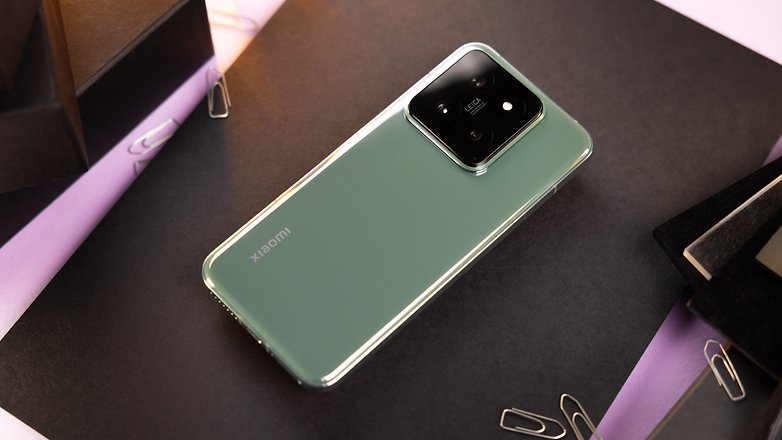
The Xiaomi 14's design ticks all the right boxes that you would expect from a high-end smartphone. The frame is made from aluminum, with flat edges and very thin bezels, IP68 certification, and Gorilla Glass Victus protection in front.
The Xiaomi 14 comes in three colors: Black, White, and Jade Green. The review unit I received came in Black. I really liked the matte, slightly grippy coating at the back. Combined with the Xiaomi 14's straight edges and rounded corners, the smartphone sits very well in the hand, even for one-handed use.
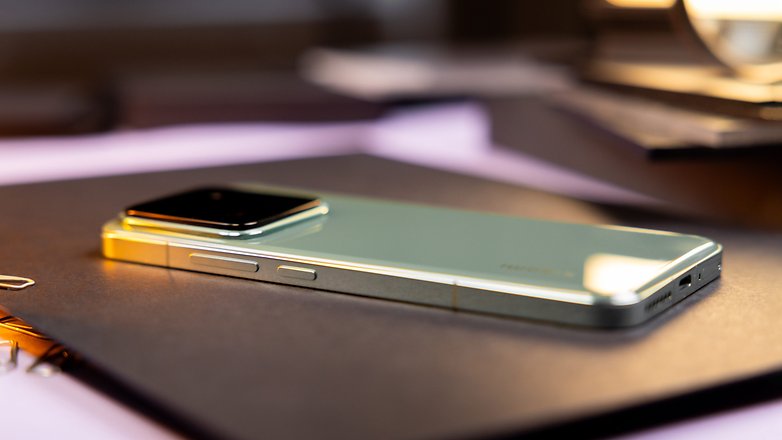
Prior to the Xiaomi 14, I reviewed the Samsung Galaxy S24 Ultra (review), and if we were to travel farther back in time, the Apple iPhone 15 Pro Max (review) was scrutinized. Both are very large and heavy smartphones. Switching to a more regular form factor like the Xiaomi 14 felt good. The Xiaomi flagship's 6.36-inch measurement does not place it in the compact smartphone department, but I appreciate the human-friendly format.
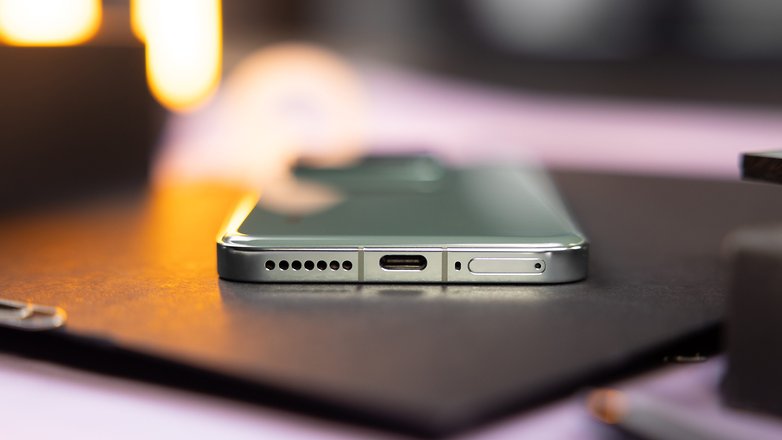
Screen
The Xiaomi 14 features a 6.36-inch AMOLED display with a 2670 x 1200 pixel resolution, a maximum brightness of 3,000 nits, and a refresh rate of 120 Hz. The screen is flat without any curved edges while sporting extremely thin bezels. Xiaomi excels here once again.
Pros:
- Good immersion with a flat screen and very thin bezels.
- 3,000 nits (peak) and 1,000 nits (typical) brightness.
- Refresh rate ranges from 1 to 120 Hz on the LTPO screen.
Cons:
- Colors are a little dull by default (which is easily adjustable).
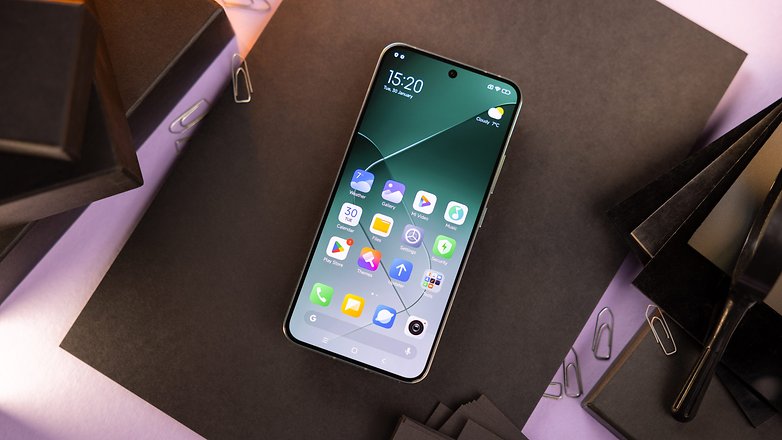
The Xiaomi 14's screen is flat sans curves. Its bezels are also extremely thin. In short, the 6.36-inch AMOLED panel is equally immersive for both games and video content.
The default colorimetry seemed a little bland to me in the default mode. However, I have always liked a bit of saturation, so I opted for the vivid mode. Xiaomi is as generous as ever when it comes to screen customization options.
This flagship handset is certainly obliging with a refresh rate that varies from 1 to 120 Hz. Most of the time, apart from a few games, the screen is always set to 30 or 60 Hz.
The Xiaomi 14's maximum screen brightness is touted to be 3,000 nits at peak. A more realistic figure would be 1,000 nits under typical use. This is more than enough to ensure good legibility in all circumstances, even when you are in bright sunlight.
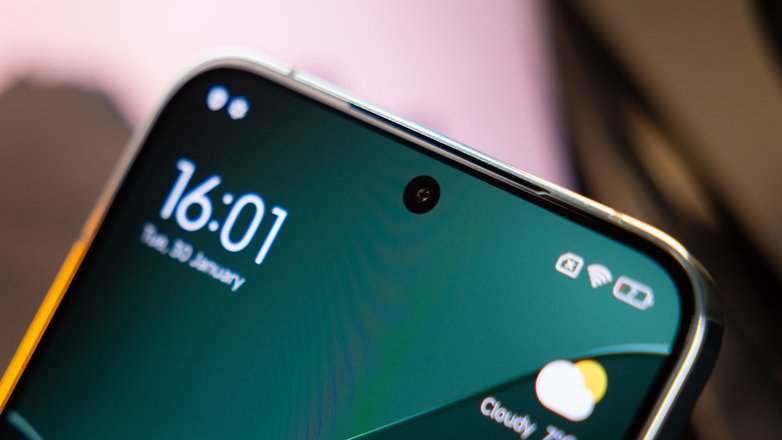
Interface/OS
The Xiaomi 14 is one of the first models to be powered by the new HyperOS overlay, which "replaces" MIUI. I didn't notice any exciting changes compared to MIUI 14 (review). Xiaomi is clearly making an effort to improve its image when it comes to its software, and a better update policy is a good place to begin.
Pros:
- 4 major Android updates & 5 years of security updates.
- Clean, uncluttered interface.
- Android 14 features with the look and feel of iOS 17.
Cons:
- Too much bloatware on a high-end smartphone.
- No major new features compared to MIUI 14.
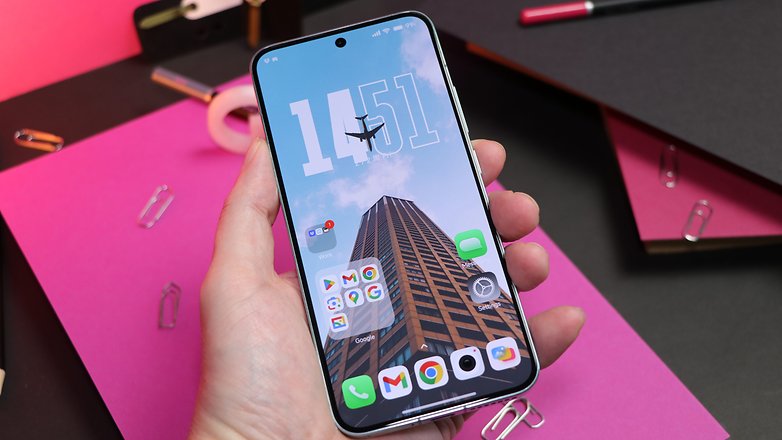
We made an initial comparison between HyperOS and MIUI 14 and the differences weren't obvious. I'm sure I'll take a more in-depth look at Xiaomi's new skin before penning a full review.
In the meantime, I noticed very few visual changes between HyperOS and MIUI 14. Xiaomi continues to copy the design of iOS, so much so that the HyperOS control center resembles iOS 17's. Personally, I don't mind this. I found the interface to be very clean and uncluttered.
However, the most striking thing is the lock screen customization menu. I felt like I was using an iPhone. Xiaomi even "implemented" the depth effect that can be applied to the wallpaper, making it look raised compared to the widgets. Once again, this is not original, but it's very well-executed and a nice addition to Xiaomi's software offering.
In terms of functionality, I discovered the ability to sort application icons in the app drawer by color. I don't know whether this is a new feature of HyperOS, but I found it very useful. The basic idea, while very simple, is a good one.
Another feature that's not new but handy to have is the ability to create XXL application folders.
I also find Xiaomi's multitasking to be a little more intuitive. I liked the ability to launch an application in a floating window from the sidebar hidden on one side of the screen. Xiaomi is getting dangerously close to Samsung in terms of multitasking intuitiveness.
Xiaomi hasn't placed that much emphasis on AI functions as Samsung did with Galaxy AI (review). However, AI functions are still included in HyperOS. I'll talk more about this in a future review of Xiaomi's skin. In the meantime, you can check out our top 5 AI features to check out on your smartphone.
Finally, I appreciate that Xiaomi continues to put effort into its software updates. The Xiaomi 14 will receive four major Android updates and five years of security updates. Unfortunately, there is no word on the frequency of these security patches over five years. Despite all these efforts, Xiaomi has taken one step backward by stuffing its smartphones with bloatware.
Performance
The Xiaomi 14 features a Qualcomm Snapdragon 8 Gen 3 SoC coupled with 12GB of LPDDR5X RAM and 256 or 512GB of UFS 4.0 storage. In short, Xiaomi's flagship is very powerful.
Pros:
- The graphical power of the Snapdragon 8 Gen 3 and its Adreno 750 GPU configuration.
- Less overheating compared to previous models.
Cons:
- Strange throttling behavior when running benchmarks.
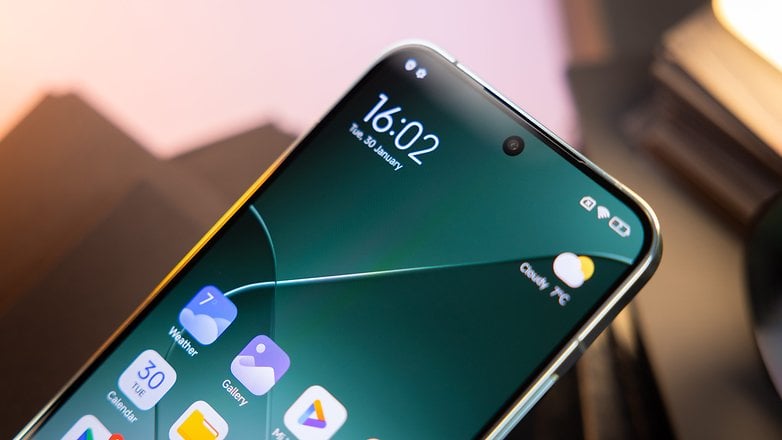
It was unsurprising to see the Xiaomi 14 having more than enough power to play all Android games with high graphics without missing a beat. On graphics benchmarks like 3DMark, the Xiaomi 14 outperformed the Apple iPhone 15 and the Samsung Galaxy S24 in terms of raw performance.
| Xiaomi 14 Snapdragon 8 Gen 3 |
|
|---|---|
| 3DMark Wild Life Extreme | 5,174 |
| 3DMark Wild Life Stress Test |
|
| 3DMark Wild Life Extreme Stress Test |
|
| 3DMark Solar Bay | 8,597 |
| 3DMark Solar Bay Stress Test |
|
| Geekbench 6 |
|
While we are still on benchmarks, I observed the same tendency of the Xiaomi 14 to overheat as with previous models. It seems the smartphone doesn't apply any throttling to score high in benchmarks, even if it means frying the smartphone. The Xiaomi 14 was sometimes scorching hot after some intensive tests.
In actual use, I did not observe this behavior at all. On the contrary, the smartphone never overheated significantly. During a one-hour session on CoD: Warzone with a controller plugged into USB-C port and brightness set to maximum, the smartphone was barely warm to the touch at all.
I never experienced any major FPS drops. I believe he coating on the back of the smartphone acts like an insulator of sorts. The heat generated by the smartphone is felt more acutely via the aluminum frame than behind.
Photo quality
The Xiaomi 14 features a triple camera module at the back. Each lens has a 50 MP resolution. However, real-life performance does not live up to the pretty numbers on paper due to the sensor size and focal length. Photos taken with the main lens are almost always beautiful, but not so with the Xiaomi 14's other lenses.
Pros:
- Efficient main lens in all situations.
- Lossless 3.2x optical zoom.
- Great portrait mode.
Cons:
- Disappointing ultra-wide angle lens performance.
- Limited digital zoom capability.
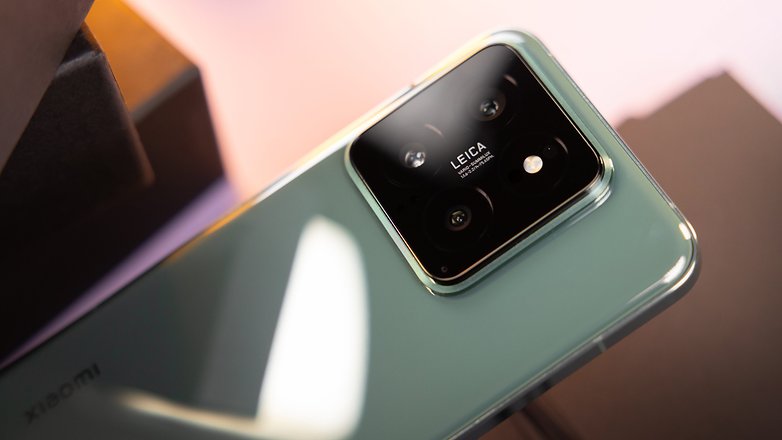
Main lens and ultra-wide angle
The Xiaomi 14's 50 MP main lens is based on a 1/1.31-inch sensor with an f/1.6 aperture, taking 12.5 MP photos by default via 4-in-1 pixel-binning.
Day or night, with 1x or 2x zoom, photos captured by the Xiaomi 14's main lens are always impressive. There is rich contrast, well-managed exposure, and the level of detail is spot-on.
Even with the rotten weather that prevails in Berlin almost daily for nine months in a year, the Xiaomi 14 managed to capture a little bit of color and, above all, offer a good level of sharpness.
The ultra-wide angle lens, with its f/2.2 aperture and 115° FOV, disappointed me often. Colorimetric inconsistencies with the main lens is very noticeable. I've also noticed underexposure problems even in daylight shots.
Telephoto lens (3.2x)
The Xiaomi 14's 50 MP telephoto lens incorporates an f/2.0 aperture sensor for lossless 3.2x optical zoom. This telephoto lens is also used in portrait mode since 3.2x is the default magnification for this mode.
Under bright light, I found this lens to be useful. It offers greater shooting versatility without sacrificing image quality. At night, however, I prefer to use the 2x zoom of the main lens.
Selfie lens and portrait mode
Whether in selfie mode or with the camera module behind, I found the portrait mode to be very clean. There's a nice depth effect and you don't notice too many artifacts around the edges of the subject in the foreground.
On the other hand, I found that the selfie camera smoothed out the image far too much. A beauty filter is activated by default in the camera application. Even by deactivating it, I found my skin to be far too smooth, and certain details in the image were erased or smeared via digital smoothing.
This result is all the more striking at night since Night mode also applies smoothing to limit the digital noise associated with low-light conditions.
Night mode
Now considered a standard, the Xiaomi 14's night mode turns on automatically. And as long as you use the main lens, the result is very good. The scene is well-lit and not too bright to preserve the natural nocturnal ambience.
Photos are highly detailed, digital noise is not overly present and the lens flare effect is adequately mitigated whenever strong light sources creep into your composition.
When you switch to the ultra-wide angle or even telephoto lens, the loss of quality is felt drastically.
Battery life and charging speed
The Xiaomi 14 has a relatively small battery capacity of 4,610 mAh. Xiaomi offers 90W wired charging as well as 50W wireless charging.
Pros:
- Solid battery life.
- 90 W charger included.
- Really fast wired and wireless charging.
Cons:
- -
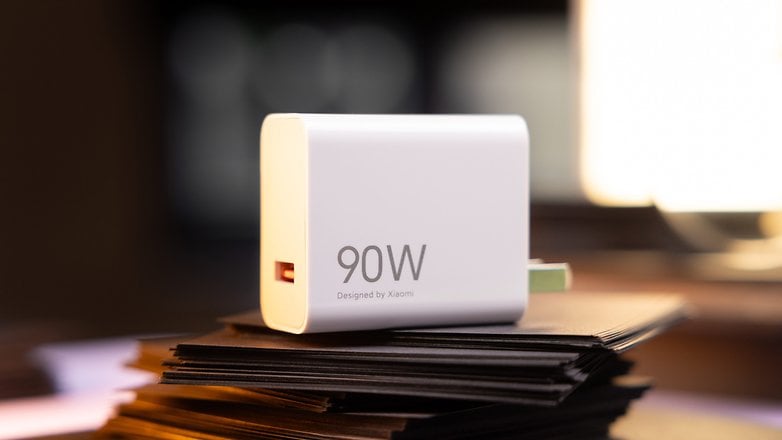
Despite its small battery size, the Xiaomi 14 proved to be very durable during my review. Unfortunately, the PC Mark benchmark I usually use didn't work properly so I am unable to provide you with solid figures.
Anecdotally, I was able to last a day and a half easily before having to plug the smartphone into the mains. As for recharging, it's a very quick process.
I've lost the habit of having fast charging on my smartphone since I've been using an iPhone. Honestly, I miss it. Xiaomi is the only top-of-the-range manufacturer to be really good at fast charging. Samsung and Apple are totally out of their depth.
Wired recharging at 90 W takes you from 0 to 100% in just 30 minutes but only with boost mode. Without boost mode, it takes around fifty minutes.
Technical data
| Technical data | |
|---|---|
| Device | |
| Image |  |
| Screen |
|
| SoC |
|
| Memory |
|
| OS |
|
| Camera module |
|
| Selfie lens |
|
| Battery and charging |
|
| Connectivity |
|
| IP certification |
|
| Dimensions and weight |
|
Conclusion
Would I advise you to buy the Xiaomi 14 for €999.90? Yes, but there is a caveat. The only "but" I have is how the Samsung Galaxy S24+ can be purchased at a cheaper price on Amazon. Bear in mind that the Galaxy S24+ is the Xiaomi 14's main competitor.
What's undeniable is, the Xiaomi 14 is a top-of-the-range smartphone worthy of the flagship status. I don't think Xiaomi has anything to be ashamed of now when it comes to comparisons with Samsung. The inferiority complex is well behind it by now.
In terms of the design and display, Xiaomi literally ticks all the right boxes. Premium materials, IP68, Gorilla Glass Victus, LTPO 2.0 technology, extremely thin bezels... they are all there.
The power of the Snapdragon 8 Gen 3 SoC also sets the Xiaomi 14 apart from its Samsung rivals, which are confined to Exynos chips. Fast charging also makes it far ahead of the game.
The only shortcoming of the Xiaomi 14 is it doesn't benefit from the same brand image as an iPhone 15 or a Samsung Galaxy S24, or even a Google PIxel 8. Its software shortcomings (hazy update policy, bloatware in the user interface) should perhaps shoulder part of the blame.
What do you think of the Xiaomi 14? Do you think Xiaomi's flagship smartphones are under-priced or do you think they are now too expensive without offering the same quality as its competitors like Samsung?

